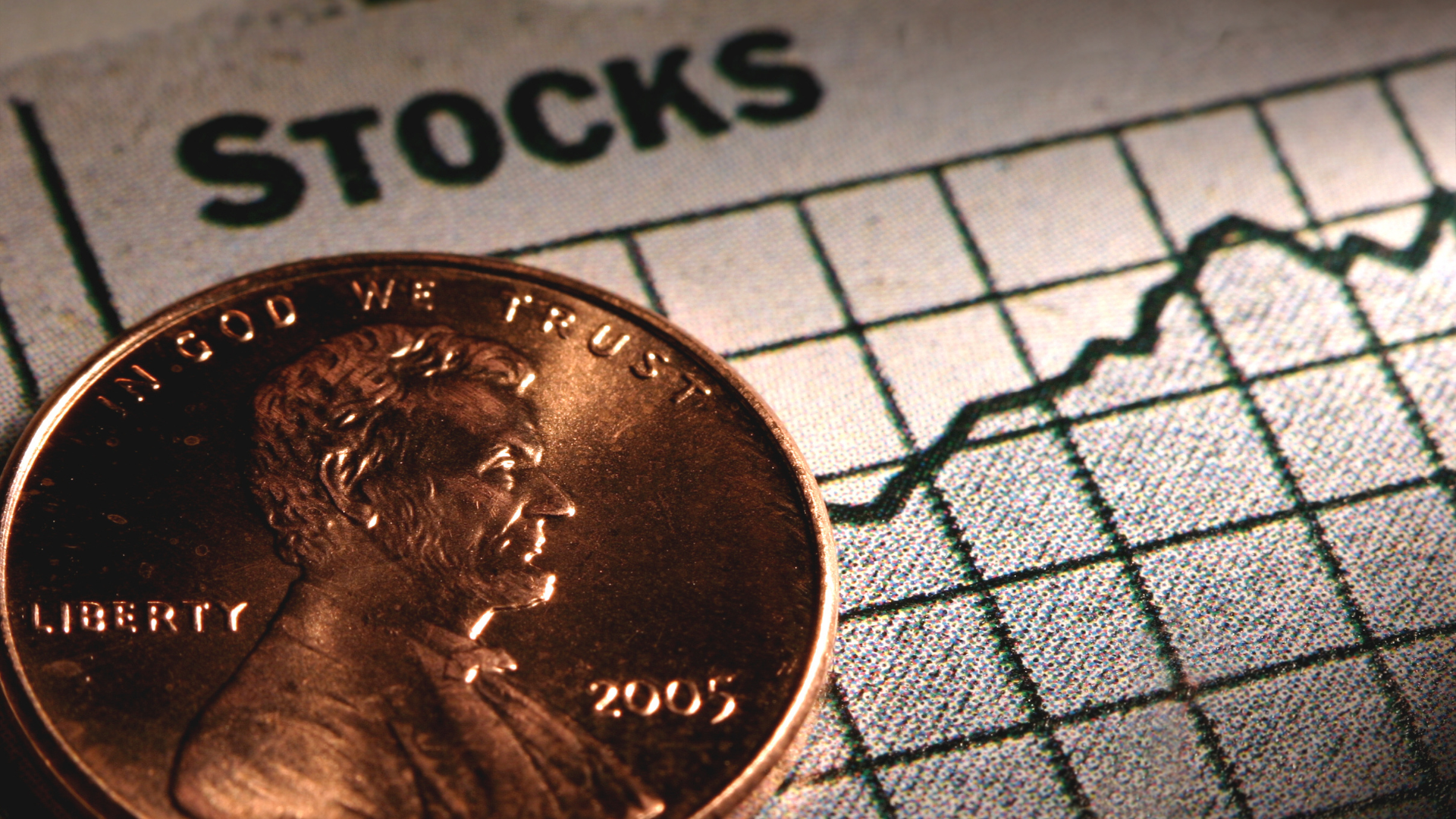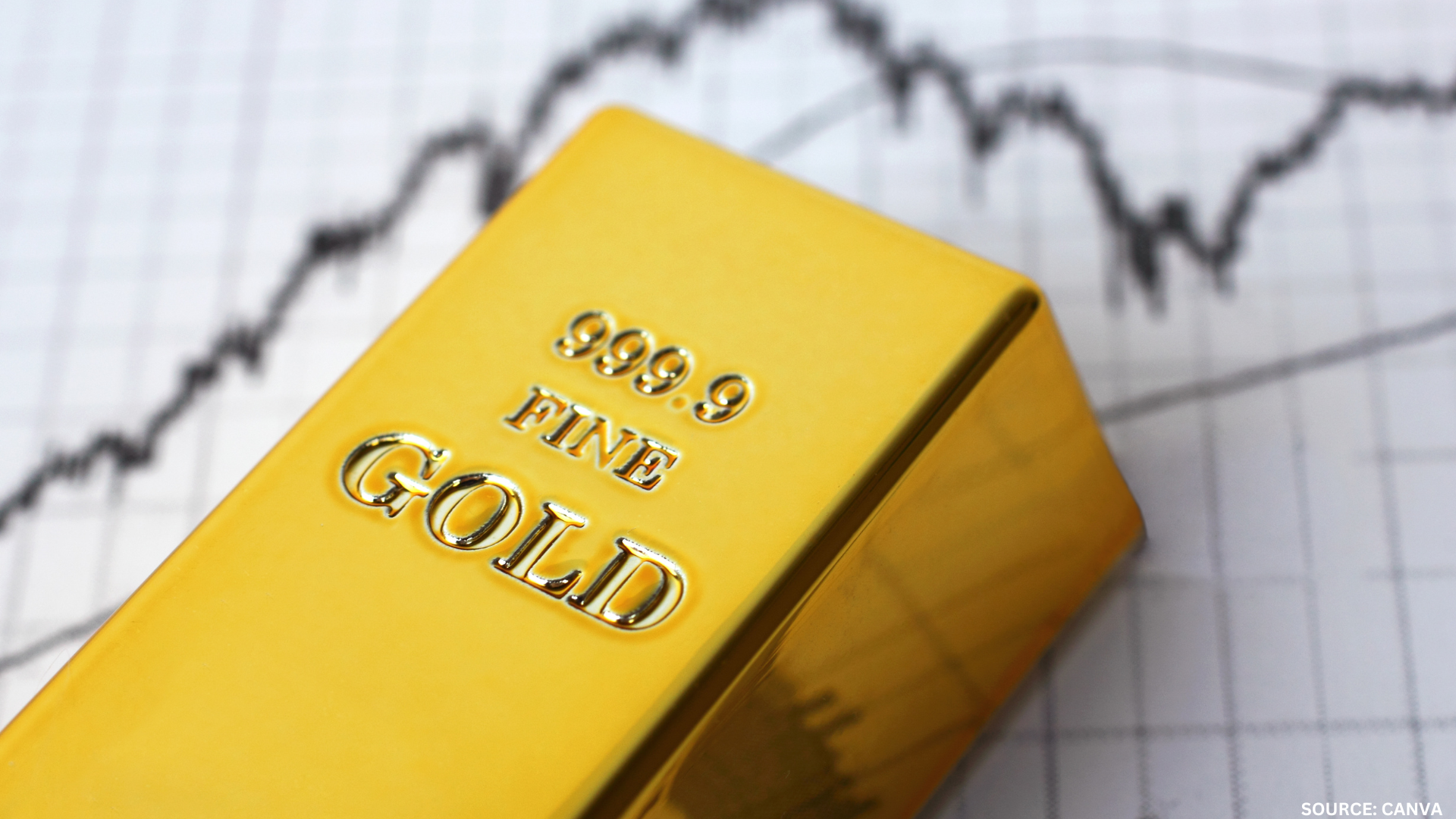Gold prices rose steadily on Wednesday, approaching the $2,730 mark as the U.S. dollar retreated, offering support for the precious metal. Investors are monitoring the recent weakness in the USD, which has eased in anticipation of key economic data that could provide insight into future U.S. monetary policy moves.
As the U.S. dollar softens, gold benefits from increased demand, particularly from international buyers, as the lower USD makes the metal more affordable. This inverse relationship has helped drive gold higher, as traders look ahead to crucial economic indicators that could influence the Federal Reserve’s policy on inflation control.
Despite a climate of rising interest rates, gold continues to gain ground, reflecting persistent concerns about inflation and global economic risks. The prospect of prolonged high rates has not deterred demand for gold, which remains a favored hedge against financial market uncertainty.
With gold approaching $2,730, all eyes are on upcoming U.S. economic data, such as inflation reports and comments from central bank officials, which could impact both gold prices and the U.S. dollar. A stronger inflation figure could lead to renewed expectations for further tightening by the Federal Reserve, which would likely boost the USD and apply downward pressure on gold. On the other hand, weaker data could continue to weigh on the dollar, pushing gold prices even higher.
For now, gold’s steady climb highlights cautious optimism in the market, as investors brace for potential changes in the economic landscape. As the dollar remains subdued and gold inches closer to $2,730, traders are preparing for volatility, depending on the direction of the upcoming data.
Gold’s continued rise reinforces its status as a preferred safe-haven asset in times of economic instability, with many investors turning to the metal to shield against inflation, policy shifts, and ongoing market volatility.






















